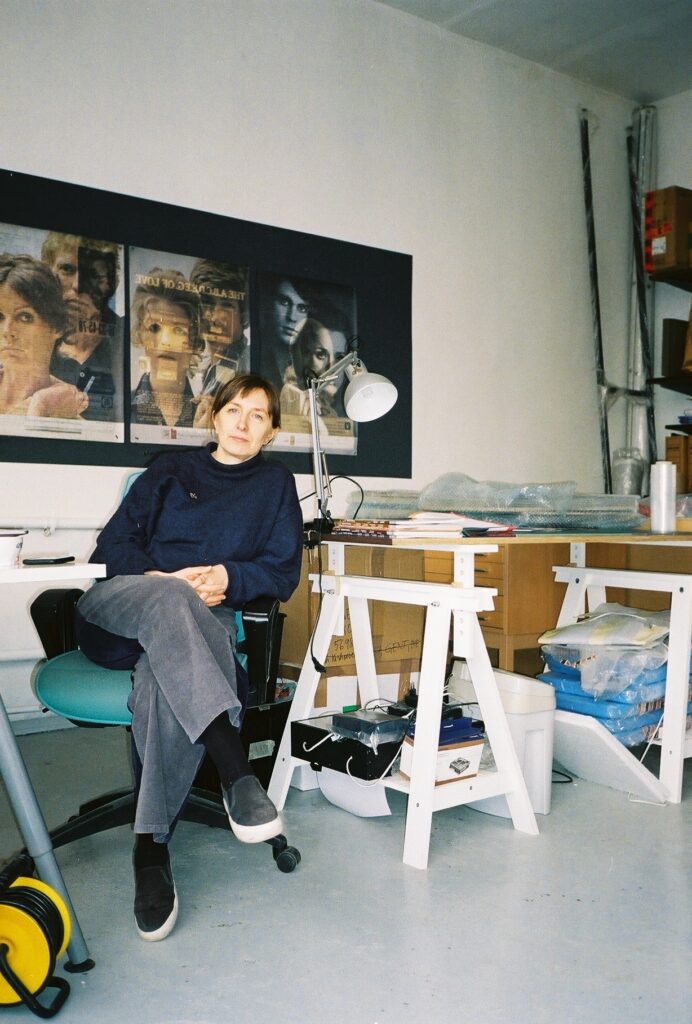info@margemonko.com
Artist statement
Since the beginning of my activity as an artist, my work has revolved around femininity – with the emphasis on the body and its photographic representation. Most of my works have a link to history and are influenced by psychoanalysis, feminism and theory of visual culture. Depending on the subject, I’ve employed methods including documenting and staging as well as appropriating existing images, often combining these different approaches.
During the last years, I’ve been exploring the subject ‘architecture of desire’ – material culture such as print ads, shop displays, show windows, etc. used in publicity, often depicting hands presenting the products. Publicity images, designed to evoke desire for commodities, are also suggesting that the products they represent, would fulfill the desire for luxurious lifestyle and romantic love. It is interesting to follow how the advertising campaigns for major brands are appropriating cultural codes and social movements, whose message is often critical towards the capitalist ethos of the corporations behind the ads (recent examples of Pepsi and Nike campaigns).
My recent works include videos, appropriated images, as well as installations employing materials like acrylic glass, lights and found objects, referring to and deconstructing commercial displays. I am interested in how objects are displayed in relation to each other, how fantasies are played out in the genre of still-life, employing elements of surrealism and borrowing from classical architecture. In some sense, displays can be read as political statements in the public or semi-public space (windows) suggesting certain values through the aesthetics in use.
